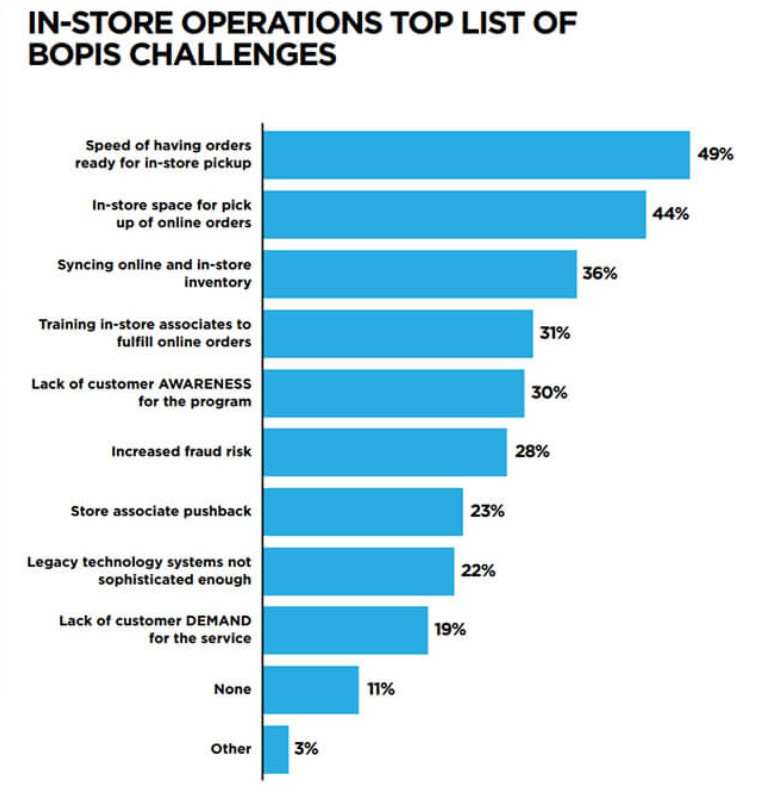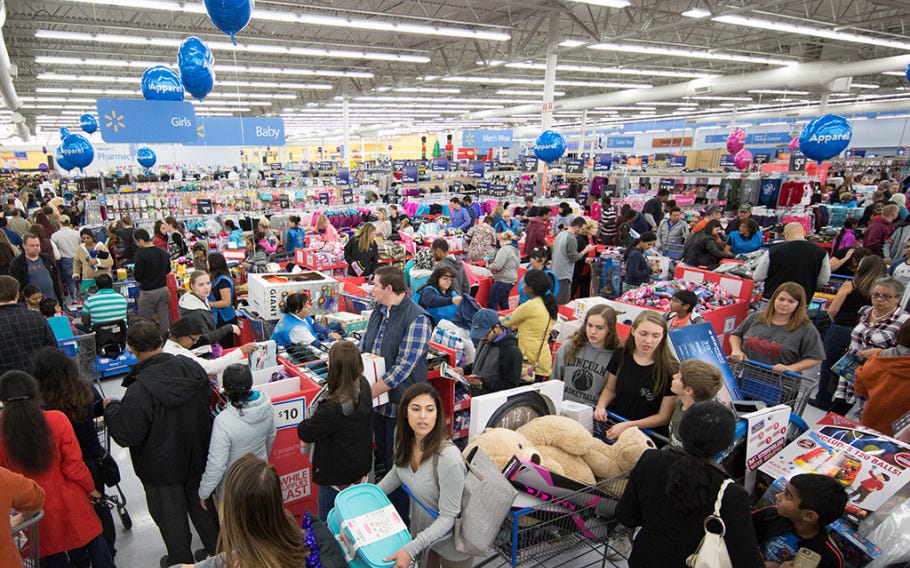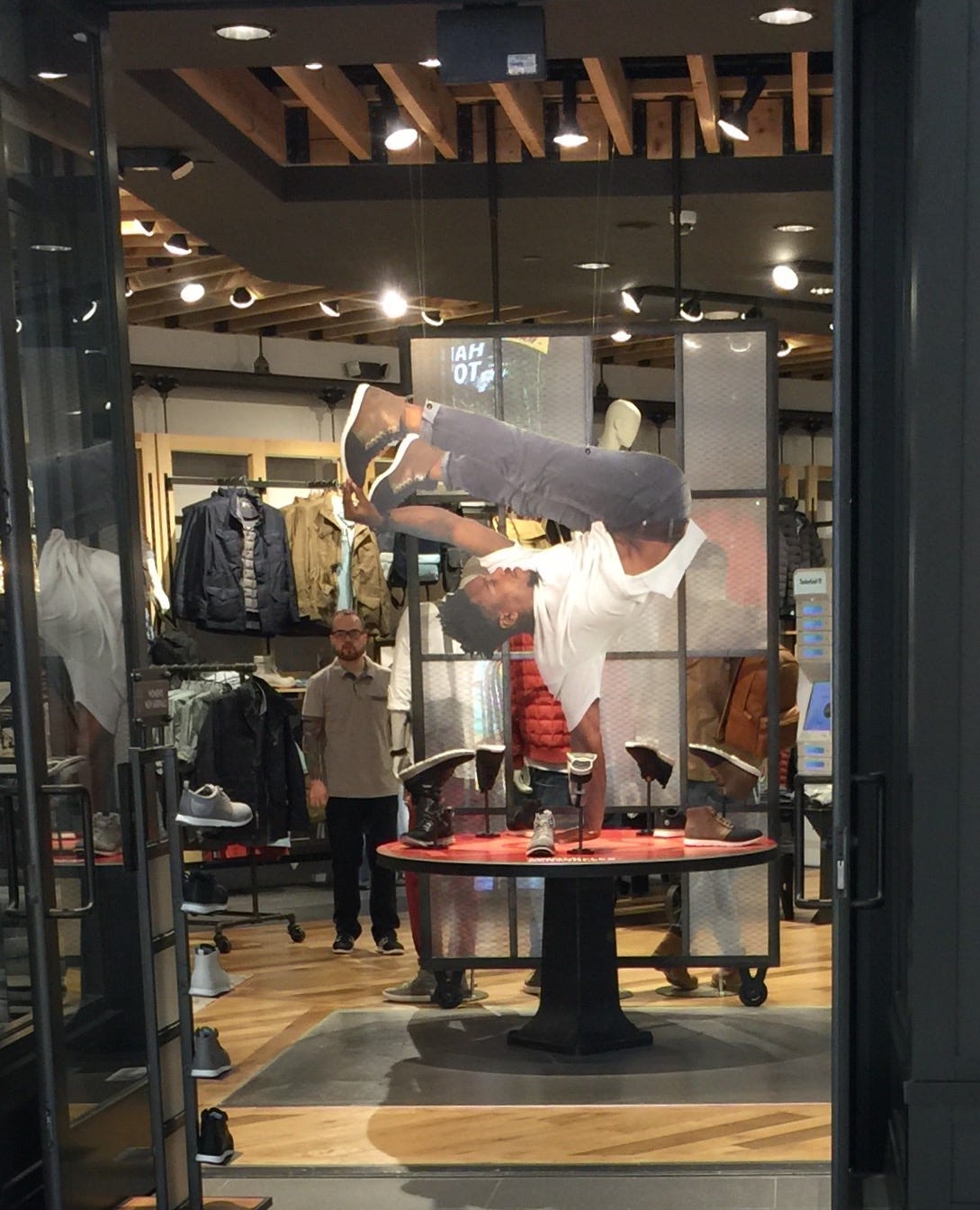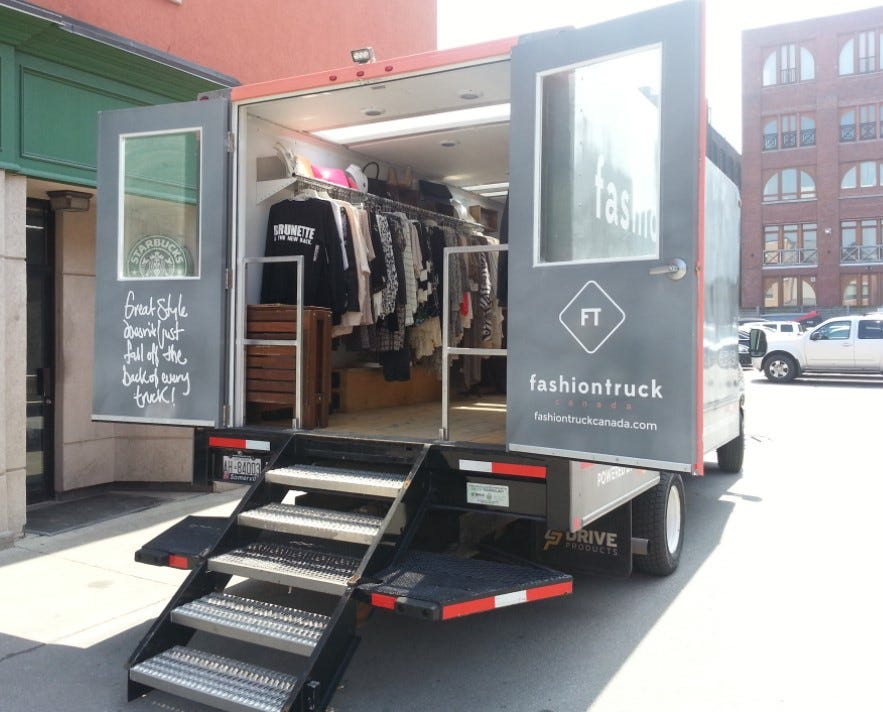Holiday Planning: 25 "Must Do Now" Ideas
Retailers: If you have not begun your holiday season planning, your need to begin. If you are in the planning process, these 25 "Must-Do's" should be included.
The potential return to masking will add more confusion for retailers and shoppers re: regulations. Worse, it will most likely result in a higher level of mask resistance than ever (now it's anti-maskers plus vaccinated folks that thought their masking days were over). Unfortunately, retail team members may bear the brunt of these rule changes which may add to the current hiring/ retention challenges. While there is no easy solution, some of the ideas in Issue #15 of All Things Retail may help lessen the impact of these uncertain times.
Separately, if you have not subscribed yet, I need your help. Please join almost 8,000 others and sign up here:
Main Story
It’s August. Summer is half-over. Back-to-school sales are in full force. Spring, Summer clearances sales are in place. You even see Spirit Halloween stores popping up already.
If you are thinking “why are Halloween stores opening so early”, take a step back for a moment. Not only is it not “early” for Spirit, it’s also not early for Holiday planning. Q4 will be here before we know it, and if you have not begun preparing for it, start now (many larger retailers begin Christmas planning in November/December of the prior year).
Most retail businesses, both physical and online, will generate the majority of their sales and profits (sometimes all their profits) in the last 2-3 months of the year. You know that already. Despite this awareness, I have seen countless operators that get so tied up in the day-to-day challenges of their business that they put off properly planning for holiday selling. Q4 sneaks up on them and they become reactive instead of proactive, which often results in missed opportunities, lost sales, and lower profits. Don’t be that person. If you haven’t begun your holiday planning, I repeat, start now.
Here are 25 planning points that you should consider. All of them are valuable based on years of experience, and many of them are not typically found on traditional planning checklists. Take a peek and feel free to hit me up with questions:
1. Build a Promotional Calendar: determine what your promotional themes and offers will be for early season, Black Friday, Cyber Monday, last minute gifts, the week after Christmas (an extremely important week), clearance and more. Identify products, discounts, collateral, social support, and goals for each promo.
2. Determine Graphics Needs: in addition to supporting promotions, you may want environmental graphics to create a holiday feel for your store(s). Create a budget, design, placement guidance, and production/setup schedule.
3. Add Music: in addition to environmental graphics, identify what music your will play in your store(s) and how you will play it. Music impacts emotion and that can drive purchase intent. Get shoppers into the holiday spirit (there’s a reason that Hallmark Christmas movies are so popular).
4. Consider a Cause Marketing Initiative: partnering with a charity is not only a great thing to do, but it resonates with consumers. Reach out to potential partners, determine how you can provide contributions to them (donation drop-off boxes; special day or days where a percentage of sales go to the charity; etc.), and don’t be shy about asking them to promote the partnership as well. A true win-win.
5. Create a Public Relations Plan: you don’t need a PR agency if you plan well enough. Write a press release on the partnership with a charity; create a “Holiday Party” for local social media influencers with special hours, discounts, and photo ops; reach out to local reporters and invite them to discuss “post-pandemic” holiday retailing; etc.
6. Go Local: find ways to get involved with the community and the community will support you back. Sponsor your high school football team; donate gift baskets to local events; participate in local discount cards; the options are endless.
7. Corporate Incentives & Gifts: this is a great selling opportunity. Plenty of gifts will be purchased by businesses and organizations. What products do you offer that may fill this need? Once you identify potential items, determine how you will market them outside of traditional consumer marketing (sell sheets? Special page on website? Targeted social ads?).
8. Customer Buying Options: shipping, local delivery, buy online – pick up in store (BOPIS), curbside pickup, social purchasing, and more are all new realities for serving the consumer. You must offer these options to be competitive and you need to begin the planning for how to effectively execute these initiatives now. Does your online ordering support BOPIS? Where will BOPIS orders be stored prior to pick up? How will your guests know where to go for curbside pickup and how will they inform you they have arrived? This is a true example of “retail is detail” and the deliverables here are equally challenging and important.
9. Document Your Return Policy: be sure your policy is clear to all guests and team members. Of equal importance, put yourself in your guests’ shoes and ask yourself “is this policy fair and am I OK with it as a customer?”. Holiday is the time to win new customers, not aggravate them.
10. Develop Training Plans: for many physical retailers, it will be two years since they last experienced a holiday rush. New associates certainly need to be trained but I’d suggest even existing team members need a refresher. Greeting guests, proper selling, checkout throughput (no line please), store maintenance, and much more.
11. Use the Five Basic Selling Steps: no need to over-complicate how to best serve the customer. Teach these five steps and if you get full team support, you will be far ahead of many other retailers:
Greet the customer.
Take the customer to what they are looking for and put it in their hands.
Suggest add-on / tie in items.
Suggest alternatives if you don’t have what they are looking for (Gift cards are a natural)
Thank the customer
12. Create an Incentive Plan: regardless of how large or small the payout is, this is a great time to get your team aligned with the goals of the business. Achieve sales goals for Black Friday weekend, perhaps treat everyone to a pizza party. Beat the goal by 10%? How about a gift card reward? Meet your sales plan for Thanksgiving – Christmas? Consider a structured cash bonus for the team (associates must be employed at time of payout). There are plenty of options. Try one or more.
13. Track Holiday Inventory Orders: this is more important than ever given the multitude of supply chain issues that exist. You need $XXX of inventory to achieve your sales plan, and any shortfall to receipts will most likely impact your results. Check on your open orders weekly and more often if they appear to be delayed. Create contingencies for “at risk” items.
14. Build a “Never Out” List: we have discussed 80/20 a few times. Use that rule to analyze your inventory and identify those products that drive a disproportionate amount of your sales. They should become “never out” (never out of stock) items. You need to plan your needs, place your orders (with perhaps a bit of a cushion), and track those shipment first and most frequently.
15. Price Shop Your “Never Outs”: these items are at the top of your sales contributors for a reason and it’s logical the believe they have been well-priced historically. But things can change, and competitors may become more aggressive on pricing. Price shop your competition on a regular basis, identify issues, and plan how to best react.
16. Understand and Address Inbound Delivery Timing and Opportunities: stores receive shipments in many ways. To the extent possible, understand when and how deliveries will be made (including advance notice to plan for their receipt). The goal is to minimize disruption on the salesfloor and avoid deliveries during peak sales hours (assuming you do not have a dedicated receiving team) while maintaining a proper flow of freight receipt.
17. Build an Inventory Balancing Tool: there is nothing worse than to end the season sold out of a particular item in stores 1-5, only to find 30 units of that same item sitting unsold in store 6. If your inventory management system does not provide inventory transfer/ balancing recommendations, create your own chart in Excel or Google Sheets. Simply dump inventory units by item and by store into the spreadsheet weekly and see which stores may be heavy or light on particular items. From there, you can easily build a transfer plan to help maximize sales and reduce ending inventory.
18. Extra Registers at Christmas: are you prepared to minimize lines at peak times? The golden rule I grew up with is “open another register before 4 guests are in line”. I still believe this today. Do you have enough POS terminals? Perhaps mobile units to supplement static terminals? If not, consider your needs (including petty cash, receipt paper and bags) now.
19. Grow Your CRM: speaking of POS terminals, determine how to best capture customer information (e-mail address at minimum) to grow your CRM and future marketing capabilities. Some retailers ask at the point of checkout, which is fine other than at peak times (when you do not want to slow throughput). Other methods could be via handheld unit (or standalone tablet) carried by a salesperson roaming the floor, or even a manual signup form (perhaps completed in return for a bounce back coupon). Your CRM is immensely valuable, so leverage holiday traffic to grow it.
20. Develop Contingency Plans: regardless of if your POS system functions off wi-fi or cable, you must be prepared (and ensure your team knows) how to handle the loss of a data feed, ideally without interrupting transacting sales. The same applies to the more extreme issue of a full loss of power. Don’t wait until a problem occurs to understand how to react. Plan now, as an hour at holiday can be more valuable than a full day or more at other times of the year.
5 More Quickies:
21. Gift Cards: gift cards are a huge selling opportunity. Order enough and plan how to display, promote, and suggestively sell them.
22. Shopping Carts / Baskets: don’t make customers carry tons of to-be-made purchases in their arms. Based on the size of your store, offer shopping carts, hand-held baskets / bags, or a similar solution. Even if you currently offer them, be sure you have enough in each location.
23. Fill the Shelves: create processes to ensure all shipments are put on shelves within 24-48 hours of receipt and back stock / overstock is filled in daily (or more often on peak sales days). Empty spaces on shelves don’t generate sales.
24. Easy Access: inventory will be at its highest level going into the holiday season. Avoid the temptation to cram every last piece onto the salesfloor as it’s critical to maintain comfortable walkways for your guests.
25. Display Plans: as you build your merchandising plan, consider upgrading the price points of products in key feature areas as well as checkout impulse areas. If the max price in your impulse area is typically $5, you may be able to be successful at $10/$15 during November and December.
I know. You are busy. Hiring challenges are crazy. Masks or no masks? Still waiting for delayed back to school shipments. I get it. But, I promise you that if carve out the time now to properly plan for the holiday season, you will think back on January 2nd, 2022, and say to yourself, “Boy, did I make the right decision!”.
Retail News & Happenings
Michelle Gass of Kohl’s on shifting from survival to growth
Retailers are rethinking mask policies in the wake of new CDC guidance—and it could get complicated
Retail stores are using experiential marketing tactics to drive business
Warby Parker's Dave Gilboa has a prescription for retail success
“Why I decided to quit my retail job and join the Great Resignation”
Into the fast lane: How to master the omnichannel supply chain
3 ways to stand out from competitors
Cool Pics
Quotes of the Week:
“A common mistake is to consider planning as only a mental process, an idea in our head that simply looks at the past and adjusts for the future. If your plan is not in writing, you do not have a plan at all. Instead, you have only a dream, a vision, or perhaps even a nightmare.”
― Sun Tzu, The Art of War
“If you fail to plan, you are planning to fail!”
― Benjamin Franklin
“If you don't know where you are going,
you'll end up someplace else.”
― Yogi Berra















